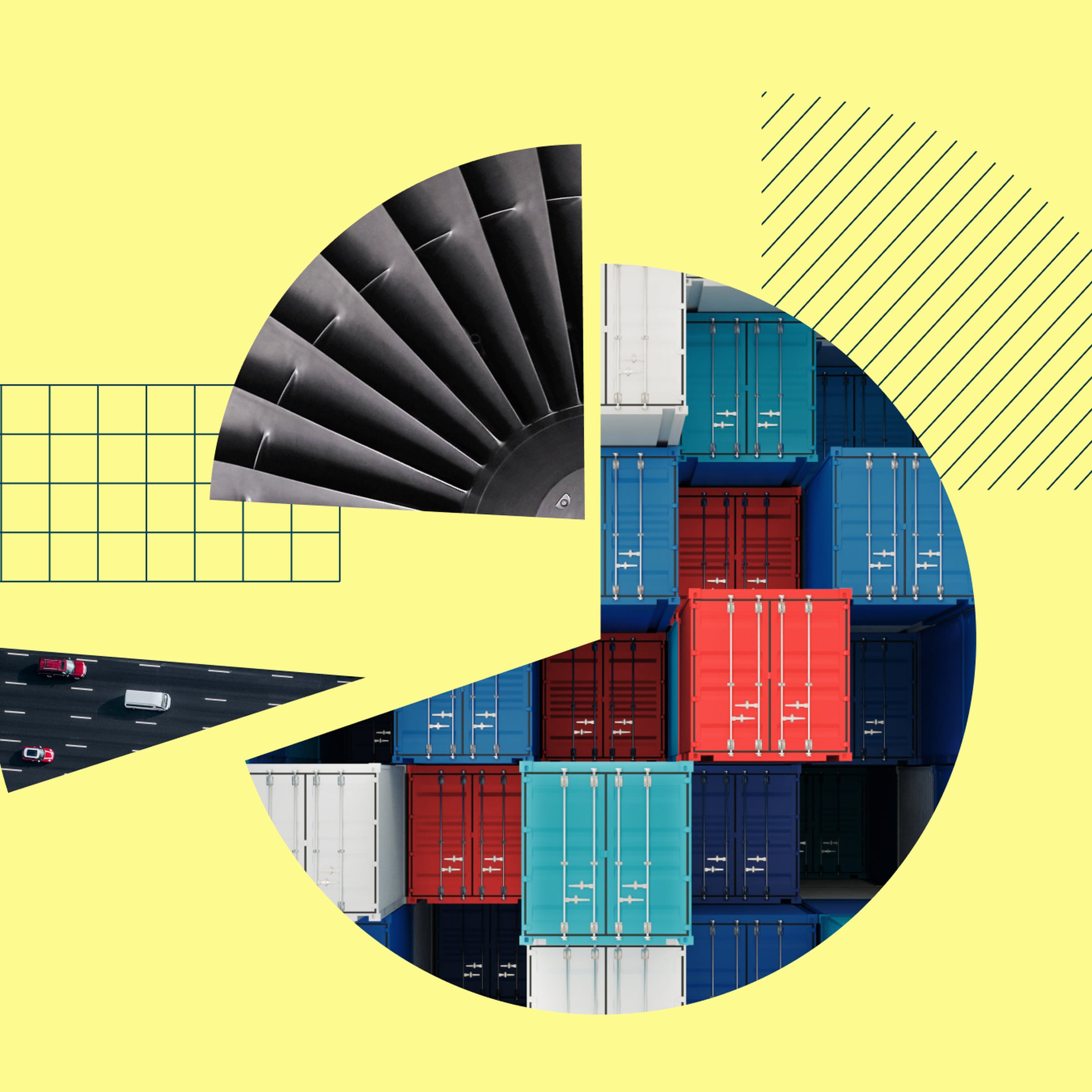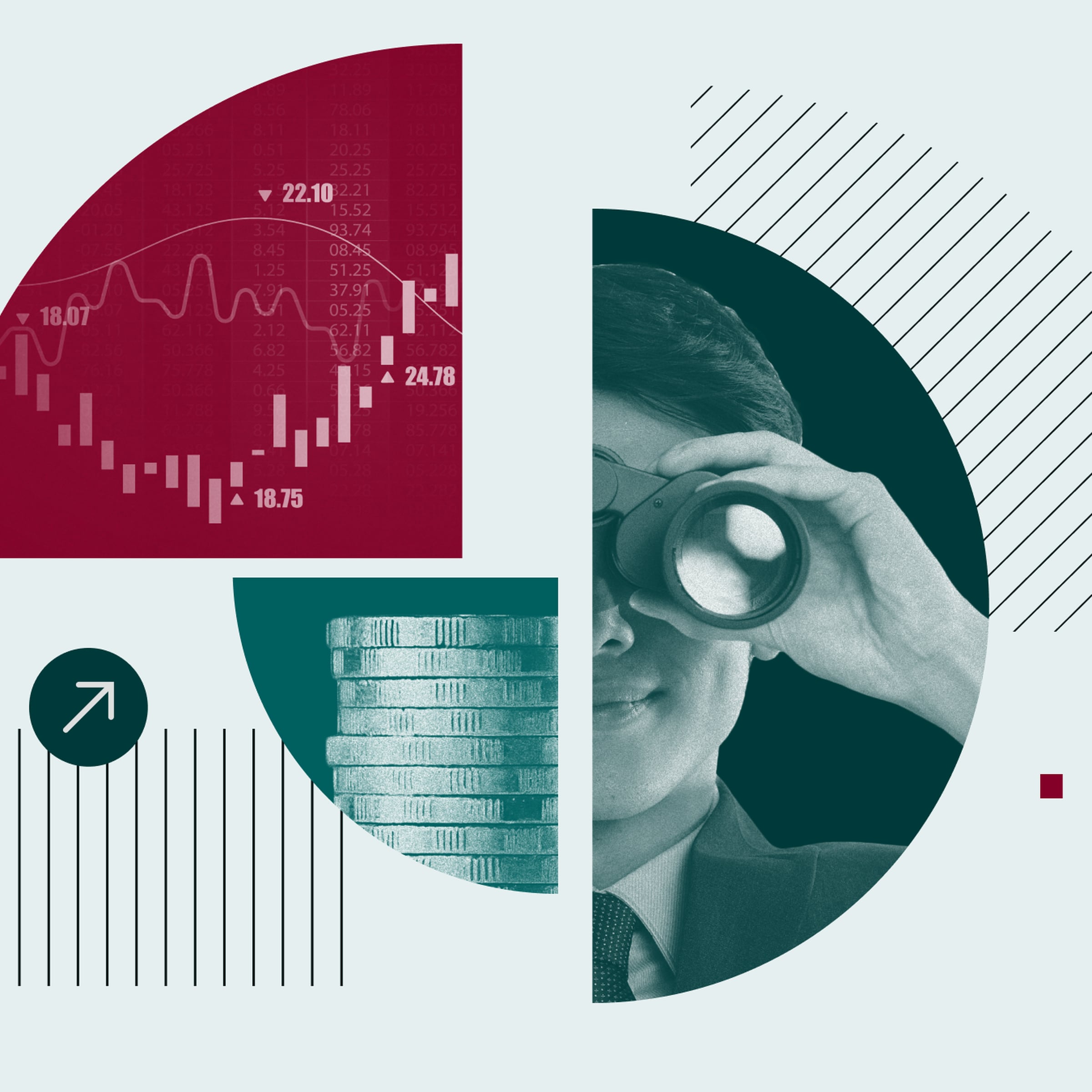TD’s Sykes: Despite Economic Headwinds, Outlook for Canadian Stocks Is Positive
Attractive valuations, Carney’s stimulus plans, and focus on infrastructure and energy should help stocks.

Key Takeaways
- The Canadian economy will avoid recession but struggle due to trade uncertainty, high unemployment, and consumer debt.
- Stock market valuations are broadly favorable, with energy infrastructure offering opportunities for growth.
- An energy boom linked to AI power needs is an attractive play.
While geopolitical risks and US trade uncertainty continue to be a drag on the Canadian economy, David Sykes, chief investment officer at TD Asset management, is optimistic about the outlook for Canadian stocks, and he thinks a recession can be avoided.
It’s already been a good year for Canadian stocks. In a departure from US equities’ recent trend of outperformance, Canadian stocks are ahead so far in 2025. The S&P/TSX Composite Index’s 12.5% year-on-year gain as of June 26 has outpaced the S&P 500’s 3.5% return. Meanwhile, the Morningstar Canada Index is up 9.7%, which outstrips the 5.4% gain on the Morningstar US Market Index.
Sykes says the difference lies in valuations. Canada’s current outperformance reflects its lower valuations—16 times forward earnings compared with 21–22 times for the United States. “That’s a pretty big discrepancy,” says Sykes, who adds that lower valuations make Canadian stocks “appealing to value investors.”
Additionally, the new Carney government, with its pro-business tone, focus on energy, and streamlined push for infrastructure, is bullish for stocks. Canada’s valuations and leadership shift “make us optimistic about its market,” says Sykes. However, “continued outperformance depends on delivering on these promises.”
However, he thinks Canada has its own vulnerabilities. Among the domestic economic indicators, Sykes remains most concerned about the nearly 7% unemployment rate, housing, and consumer debt issues. He will be paying particular attention to provisions for credit losses when Canadian banks report earnings. These numbers provide a peek into the financial health of consumers and businesses. “Second-quarter bank reports showed some stress but better-than-expected provisions,” he says.
Ottawa’s stimulus plans, including infrastructure and defense spending, could help counter some of these. “Steel, aluminium, and autos face challenges. But Carney’s business-friendly policies and nationalistic sentiment suggests a slowdown or mild recession rather than a severe one,” Sykes observes. Still, he cautions that regardless of whether Canada enters a recession, “we’re going to see more job losses.”
On a more positive note, Sykes draws attention to the Carney administration’s push for less reliance on the US, which could revitalize Canada’s energy sector. Ottawa’s recent statements reveal an ambition to achieve “energy superpower status” and a push for “faster permitting for mega-energy projects,” he says. The tone signals a “business-friendly” approach, but he warns that trade tensions with the US remain a hard-to-ignore risk, particularly for the manufacturing sector.
Tilting Asset Allocation Toward Stocks
Even with the wild swings in global markets, Sykes has held steady with TD’s asset allocation recommendations. “We started 2025 with a modest overweight in equities and private assets and modest underweight in fixed income and cash,” he says. They held that positioning even after the early April swoon. “Historically, such panic moments signal buying opportunities 12–18 months out,” he explains.
When stock markets cratered in April, “we could have gone to a maximum overweight position in our equities, [but] we didn’t, [since] we didn’t know US President Donald Trump would change his tune two to three days later,” he says.
Infrastructure Stocks Set to Be Big Winners From AI
Among the prevailing themes, AI finds a particular favor in his asset allocation. However, Sykes takes a path less trodden to this burgeoning opportunity. “Instead of playing it through traditional measures like software and hardware chips, we feel there’s a very interesting trend at play, which is power generation,” he says.
The proliferation of data centers powering artificial intelligence has unleashed an explosive surge in energy demand. Sykes estimates that at its current pace, energy demand growth would require a tripling of power generation, from 200 terawatt hours produced currently to 600 terawatt hours by 2030. A terawatt, used to describe global energy production or consumption, is a unit of power equivalent to one trillion watts.
“While the chips, servers, and software [are considered] the sexy, exciting part of [the AI play], if you’re going to effectively triple the power demand over six years, we’re quite interested in that trend,” Sykes says. “And the way we would play that is around the infrastructure companies that help provide that power to customers.” Businesses such as gas turbines, production and transmission of natural gas, and other infrastructure projects “are well-positioned to meet rising power demands from data centers” and are going to be big winners, he forecasts.
Sykes’ portfolio is strategically plugged into this power boom. “In the US, we favor infrastructure companies, utilities, natural gas producers, and industrial firms supporting this growth,” he says. “In Canada, we have had untapped natural gas resources for some time.”
Significant Opportunities in the Healthcare Sector
Health and wellness is another major theme, spanning consumer discretionary, fashion, and apparel companies. Opportunities in “healthcare, particularly GLP-1 [a diabetes medication] and anti-obesity drugs, is significant,” he says.
There are sectors he steers clear of: “We’re cautious about traditional media companies disrupted by OTP streaming platforms like TikTok, YouTube, and gaming.” He is avoiding highly leveraged companies facing refinancing at higher rates—about 200-300 basis points above the ultralow levels of 2020-22—due to increased borrowing costs. Sykes remains less enthusiastic about consumer staples, which “tend to underperform.”
His outlook for Canadian banks remains cautiously optimistic: “Concerns about slowing loan growth and bad credit provisions persist, but their fortified balance sheets, excess capital, and prudent provisioning mitigate risks.” While acknowledging that their valuations are high, Sykes assures that unless a deep recession hits, “banks should deliver mid-single-digit earnings and dividend growth (4%–7%), making them solid investments.”
Sykes points to AI as the defining theme of the current investment landscape, but he thinks the technology’s true potential is yet to unlock. “Beyond chips and software, its impact on automating mundane, repetitive tasks, such as enhancing margins for financial institutions and corporations, will unfold over five to 20 years,” he explains. “By redirecting resources to productive activities or reducing costs, AI offers significant opportunities, though we’re in the very early innings of how that’s going to play out.”
Trump, Global Politics, and the Markets
Sykes says this year’s market volatility points to the reshaping of the world geopolitical order. “Trump’s reelection has triggered a significant restructuring of the global order, manifesting through US policies on immigration, trade, tariffs, potential tax cuts, and deregulation,” he says.
The rapid (sometimes erratic) pace of these changes has led investors to question monetary and fiscal policies and the broader economic outlook. Sykes urges investors to “focus on how these policies affect revenue, expenses, cash flows, and taxes, which [ultimately] drive investment outcomes.”
Sykes says Trump’s policies are “business-friendly, seeking to reduce consumer and corporate taxes and cut red tape,” but those benefits are being overlooked. He says Trump’s influence is also spurring global changes, such as Canada and Germany increasing defense budgets and Germany lowering corporate tax rates.
The administration’s priorities are clear. “They aim for a new global defense contract with allies, emphasizing reshoring and the deglobalization of manufacturing,” he adds.
Ignore the Circus, Follow the Cash Flow
For the US, the policy shift is profound. Sykes says increased tariff revenue could fund the Republican tax bill. “Investors often conflate political rhetoric with economic outcomes, missing the bill’s consumer-friendly elements, like the state and local tax deduction increase, and corporate benefits, such as bonus depreciation and full R&D expensing in year one,” he explains.
These factors enhance corporate investment, free cash flow, and long-term productivity. Sykes says that “focusing on economic impacts, including growth, tax rates, and cash flow, rather than White House commentary, will reveal an exciting investment story. If this road map holds, the worst is likely behind us.” He acknowledges, though, that Trump’s unpredictability and the US’ fiscal health remain concerns.
The author or authors do not own shares in any securities mentioned in this article. Find out about Morningstar's editorial policies.




